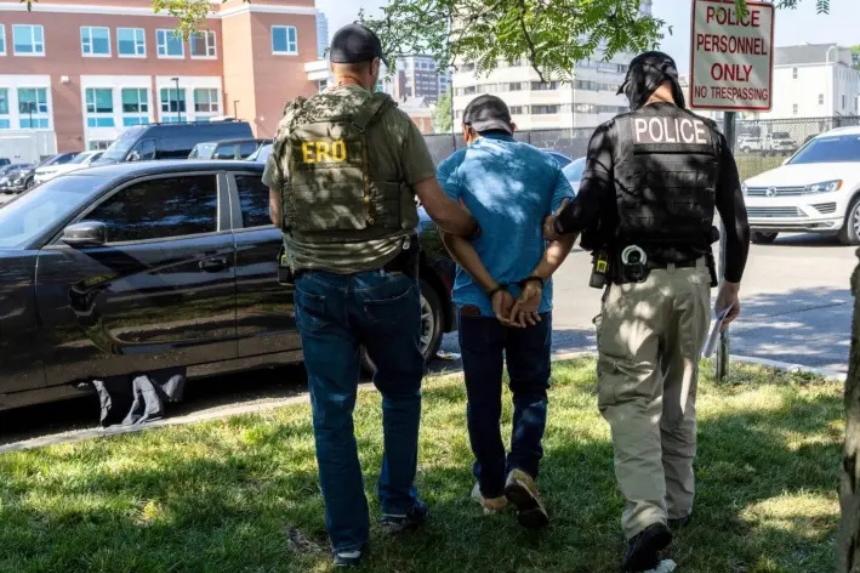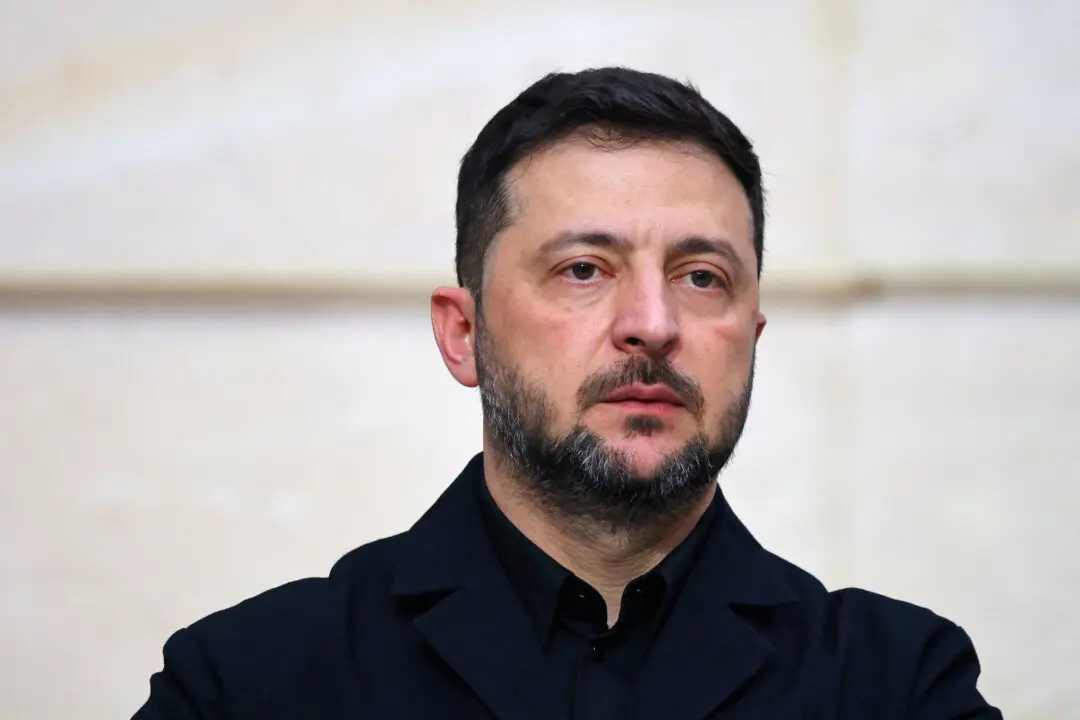Twelve Indian drones were shot down overnight after being intercepted by air defense systems, Pakistani army spokesman Lt. Gen. Ahmad Sharif said on May 8.
He said that one drone wounded four soldiers and damaged a military target near the city of Lahore and that a civilian was killed when debris from a drone fell in a populated area of Sindh Province in southern Pakistan.





